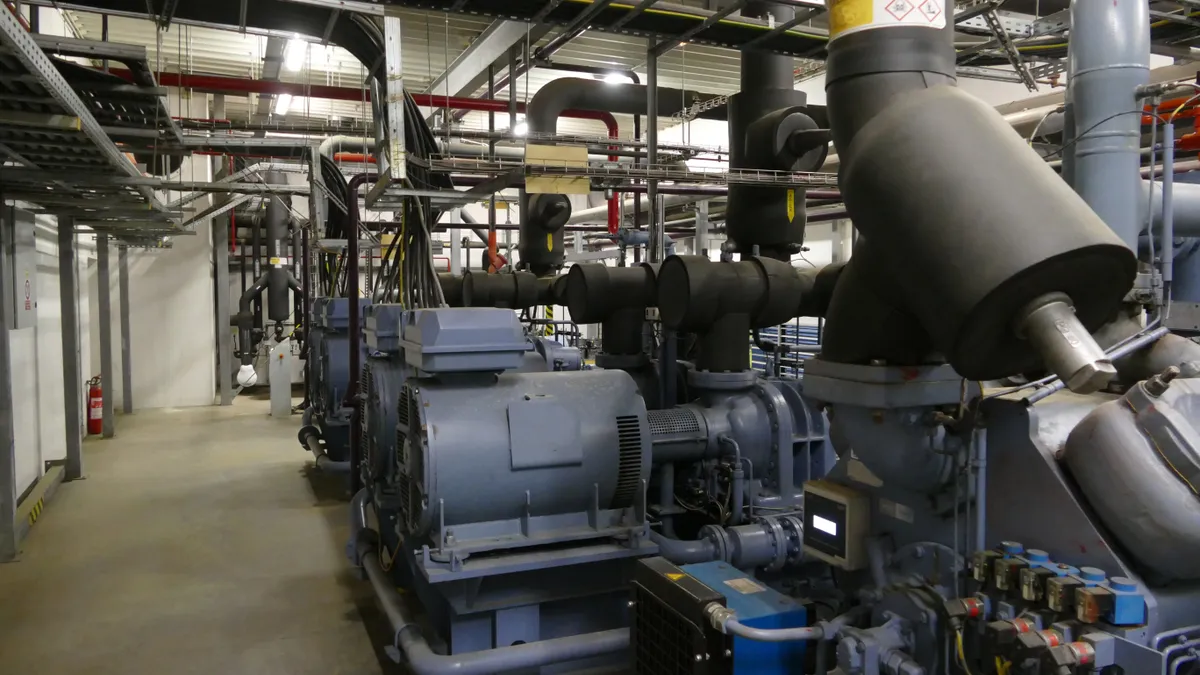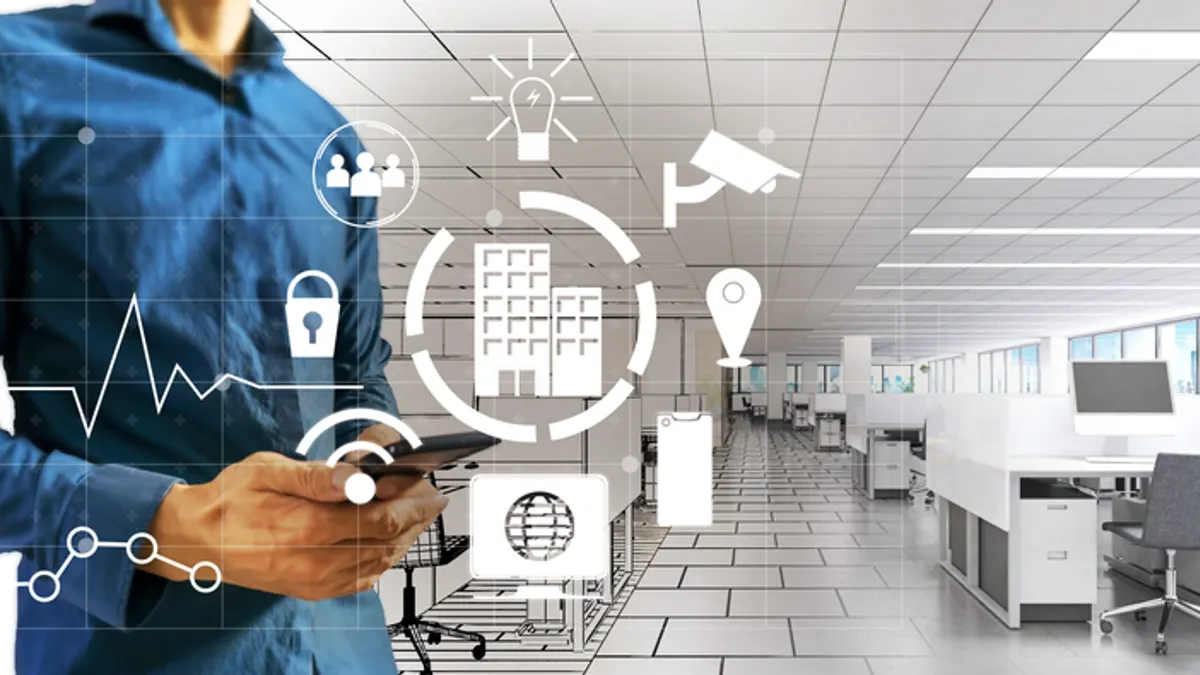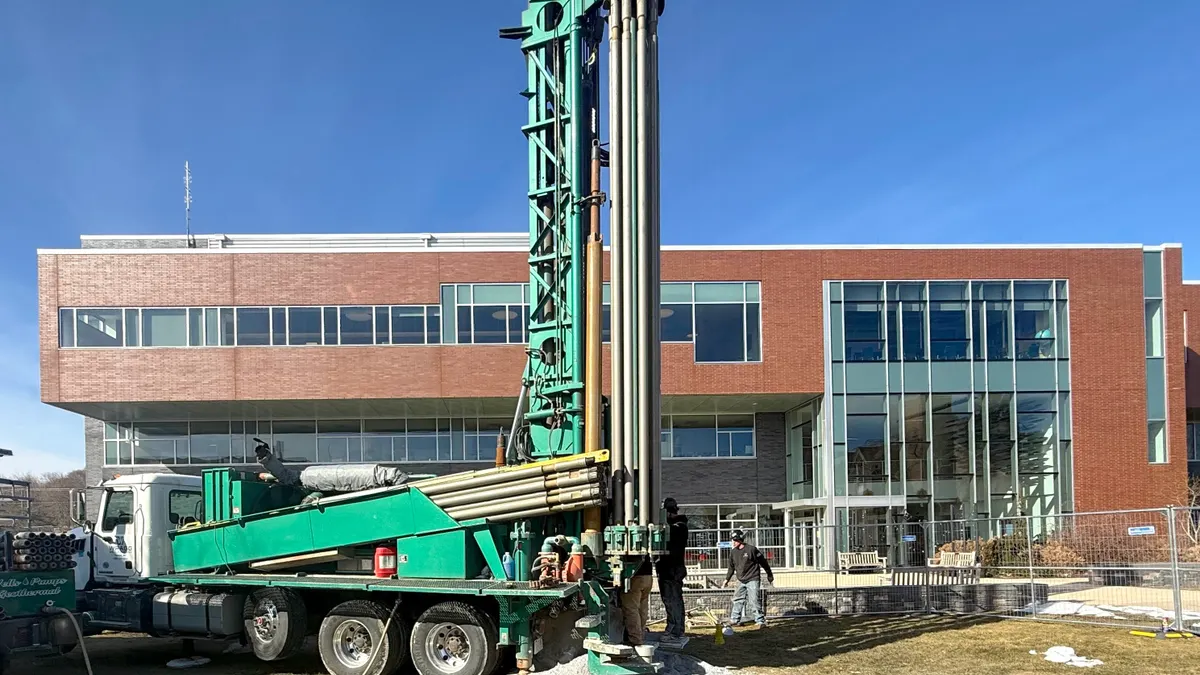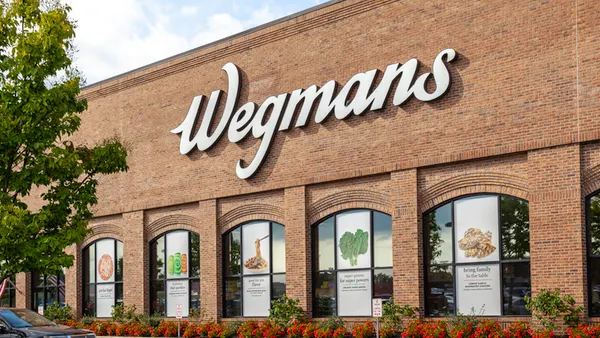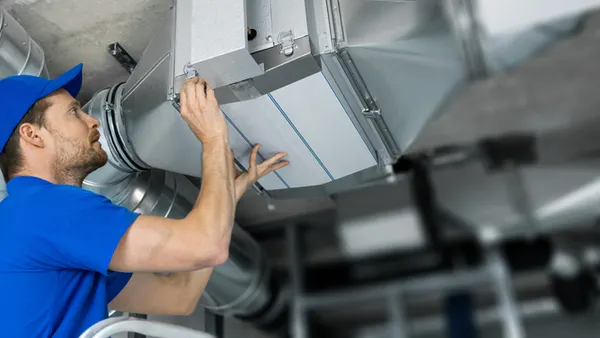Jordan Smith is executive director of the Global Forum for Advanced Climate Technologies (globalFACT), an industry coalition that promotes advanced climate technologies.
As industries make commendable progress in safeguarding the environment and contributing to a more sustainable future, we must remain honest about trade-offs and unintended consequences in the facilities we manage. The unfortunate reality is that advancement in one domain may risk or set back another.
An example in the facilities industry is the use of ammonia as a cooling product. Like any other refrigerant, ammonia cools by absorbing heat when transforming from liquid to gas. But unlike conventional refrigerants, ammonia is highly toxic and corrosive, posing distinct and substantial hazards to human health. It can inflict severe burns, irritate the skin and eyes and, if inhaled or ingested, it causes choking, breathing difficulties, and potentially fatal respiratory distress.
Even at low concentrations in the air, ammonia can jeopardize human life. Ammonia “sucks the water out of anything it encounters," Dr. Arch Carson, an adjunct professor at the University of Texas Southwest Center for Occupational and Environmental Health, told CNN for a story on ammonia leaks at meat processing facilities. Those who are exposed “can get death within seconds to minutes."
Regular, high-profile leaks at facilities that range from food production plants to hockey arenas and schools serve as a wake-up call to the dangers ammonia presents. Just this June, a leak at a California greenhouse sent two workers to the hospital. Those affected by an ammonia leak often endure chronic health problems that compromise their ability to work. And the surrounding community may be subject to a shelter-in-place order following an ammonia leak, creating a host of disruptions for local residents and businesses.
Ammonia incidents also have far-reaching economic implications. A prime example is the 2017 explosion at a food processing plant outside of Chicago, where an ammonia leak led to a staggering $30 million in facility damages. Another example is the 2019 ammonia leak at the Houston Food Bank, which contaminated nearly $3 million worth of food. And in 2021, an ammonia leak at the Duluth Convention Center in Minnesota resulted in hefty fines and a review of operations expected to cost millions of dollars in equipment replacement and reconfiguration expenditures.
Proponents of ammonia-based cooling often focus on its low global warming potential, seemingly overlooking its potential health impacts. Its environmental impact is concerning as well. For instance, when ammonia dissolves in water, it forms ammonium hydroxide, which endangers aquatic life even in low concentrations.
The Environmental Defense Fund states that an ammonia spill can be more detrimental to fish than an oil spill, causing reductions in ammonia-sensitive species, physiological effects, and even mass mortality. Despite efforts by the U.S. Environmental Protection Agency, the Occupational Safety and Health Administration, Environment and Climate Change Canada, and the International Institute of All-Natural Refrigeration to establish regulations to protect operators, other employees, and surrounding communities from the potential hazards of working with toxic chemicals like ammonia, these incidents are a cause for concern.
Fortunately, facilities have many alternatives to ammonia for their cooling needs. One set of solutions is advanced climate technologies, which include low-GWP hydrofluorocarbons, hydrofluoroolefins, and blends. As ACTs have low flammability and toxicity, they are safer than ammonia for technicians, facilities occupants and the environment. They significantly reduce total climate impact while maintaining or improving energy efficiency, affordability and flexibility. They are easy to deploy across a wide variety of applications and climates.
Progress toward sustainability hinges on honest and comprehensive assessments of new products and technologies. An evaluation of ammonia must account for the dangers it poses to people, communities, businesses and the environment it intends to benefit. By striving to balance the need for sustainable products with an unfiltered consideration of their potential limitations and consequences, we can adopt truly innovative solutions that advance environmental goals while protecting public health and safety.


